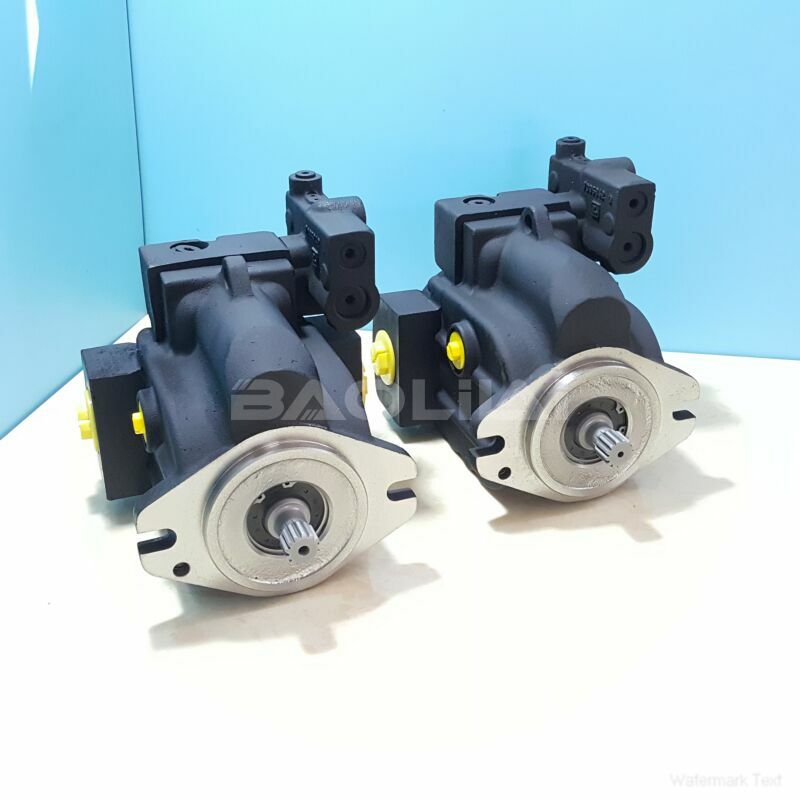LRR025CPC21NNNNN3K1RGA6NPLBNNNNNN high pressure pump
LRR025CPC21NNNNN3K1RGA6NPLBNNNNNN high pressure pump

- Product Details
- Applicable Scene
Fire suppression systems play a crucial role in safeguarding lives and property from the devastating effects of fire. One of the key components of these systems is the high-pressure pump, which ensures that water reaches fire suppression systems at the required pressure and flow rates. Understanding how high-pressure pumps work and their significance in fire protection can help highlight their essential role in emergency preparedness and response.
LR-R-025C-PC-21-NN-NN-N-3-K1RG-A6N-PLB-NNN-NNN
LRR025CPC21NNNNN3K1RGA6NPLBNNNNNN
High-pressure pumps are specifically designed to move water efficiently under high pressure, making them vital in fire suppression systems. These pumps are capable of generating the necessary pressure to deliver water effectively to various components, such as sprinklers, standpipes, and hose stations. When a fire is detected, the entire suppression system must operate quickly and efficiently, and high-pressure pumps provide the reliability needed during these critical moments.

7005134S
One of the primary functions of high-pressure pumps in fire suppression is to maintain consistent water pressure throughout the system. Firefighters require a specific flow rate to extinguish flames effectively, and any drop in pressure could result in inadequate water supply, potentially compromising safety efforts. High-pressure pumps are designed to counteract fluctuations in water demand, ensuring that even as multiple sprinklers or hoses are activated, the system remains pressurized.
To achieve this, high-pressure pumps often work in conjunction with pressure control valves and monitoring systems. These components help regulate water pressure and flow rates automatically, adjusting them based on real-time conditions. For example, during a fire, if one section of the system is drawing more water, the pumps will respond accordingly by increasing output, thereby maintaining optimal pressure levels.





